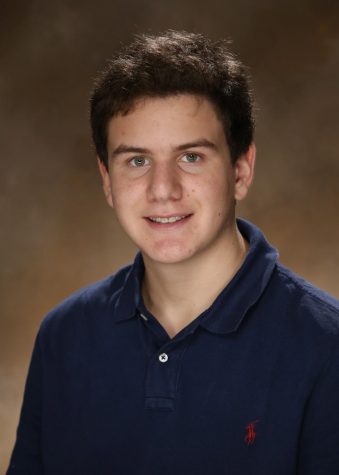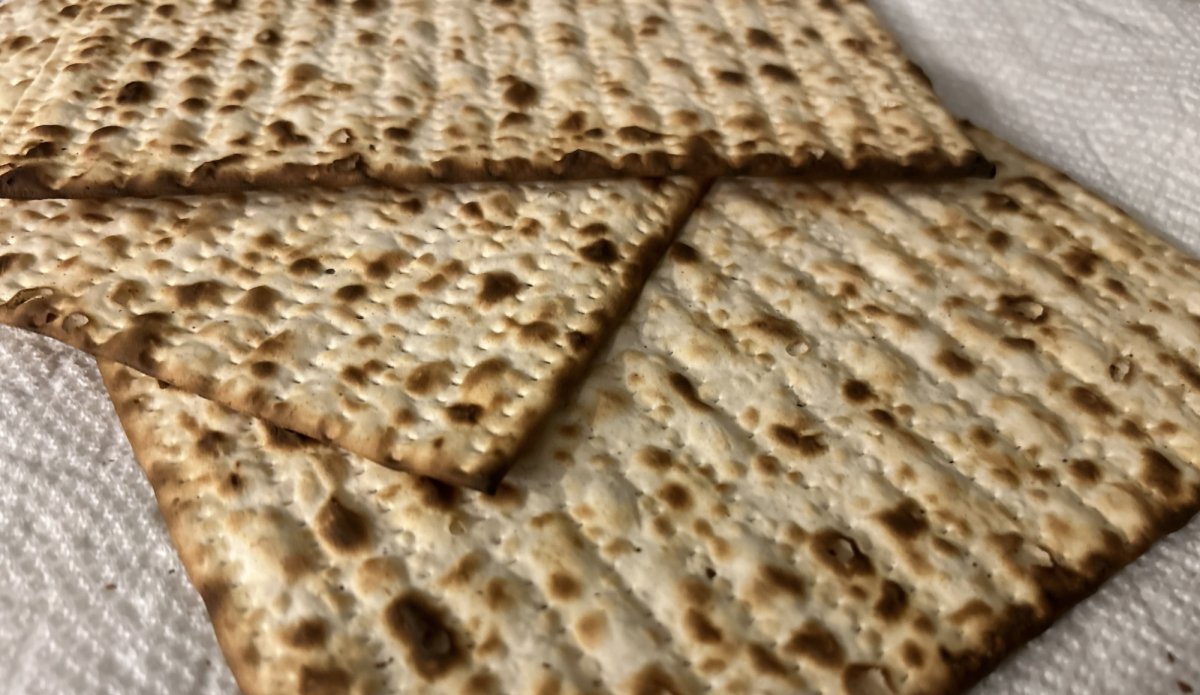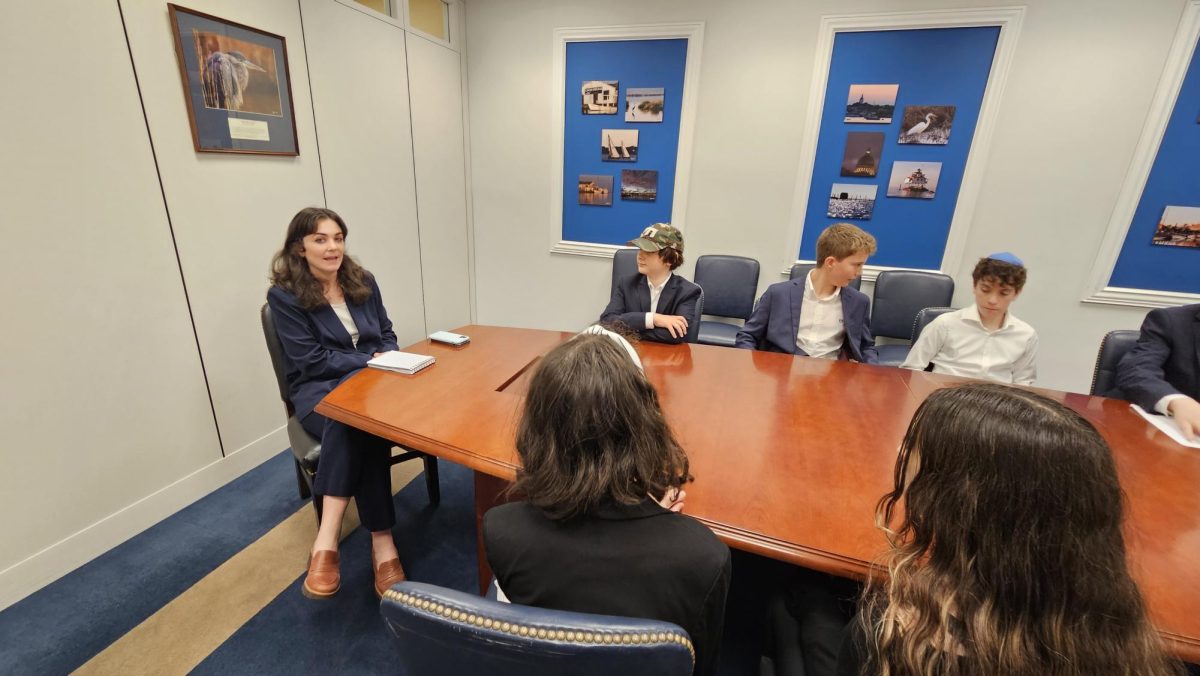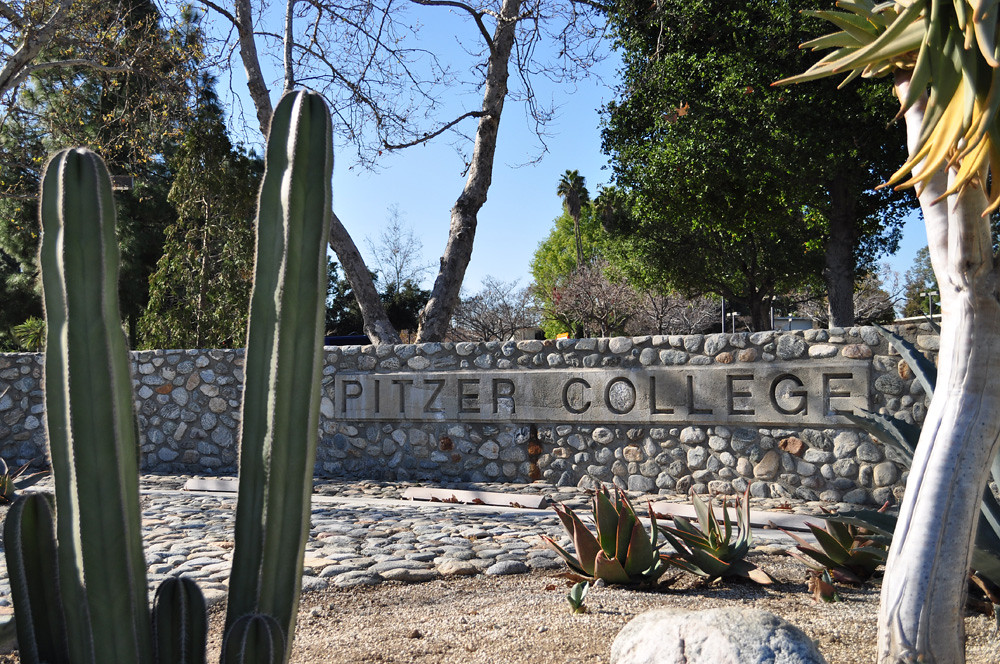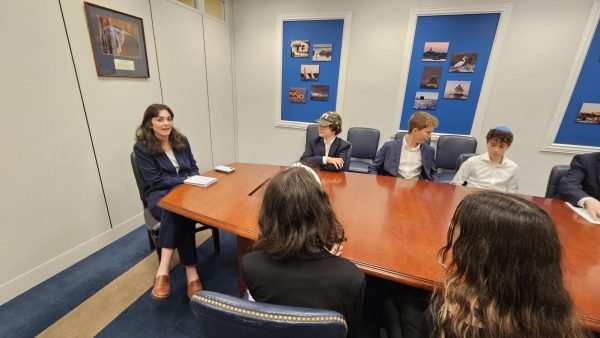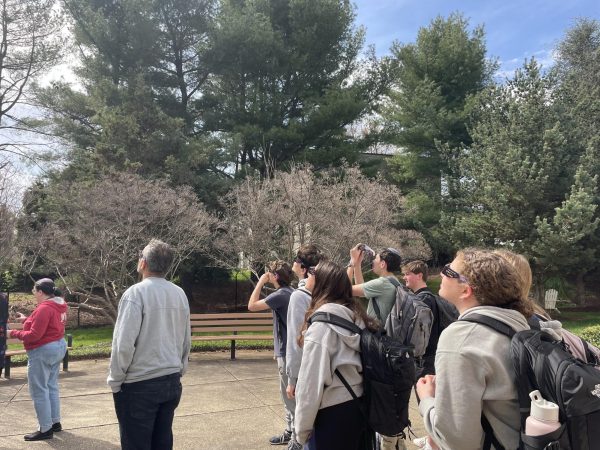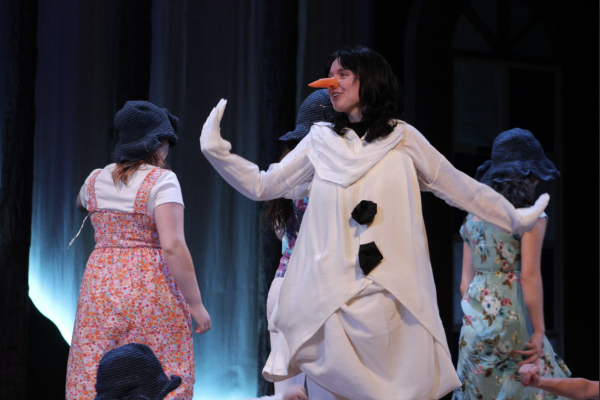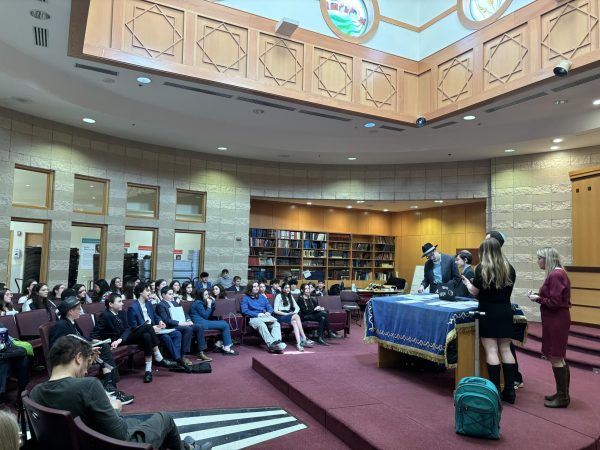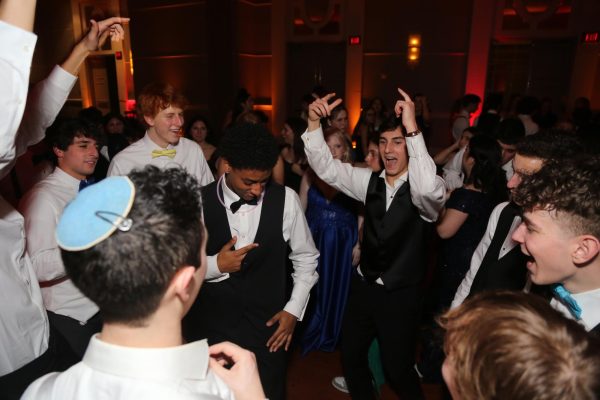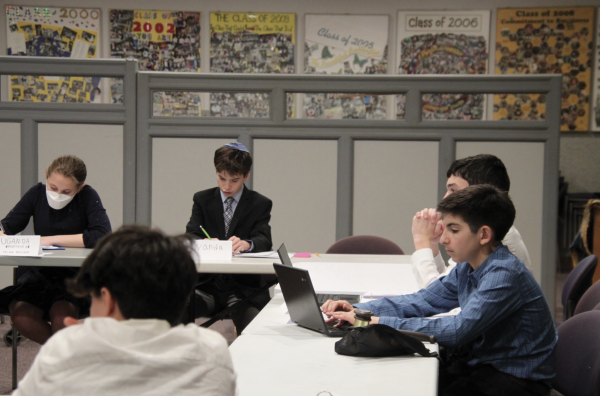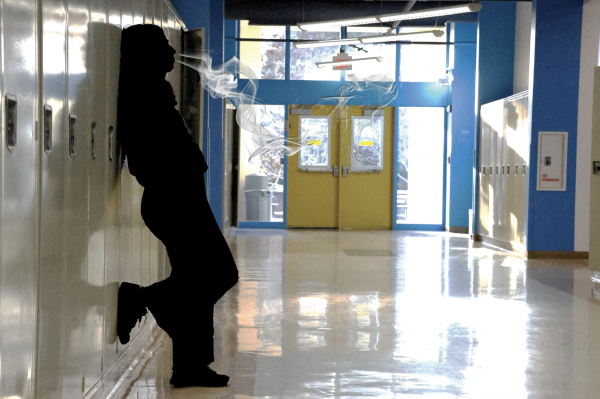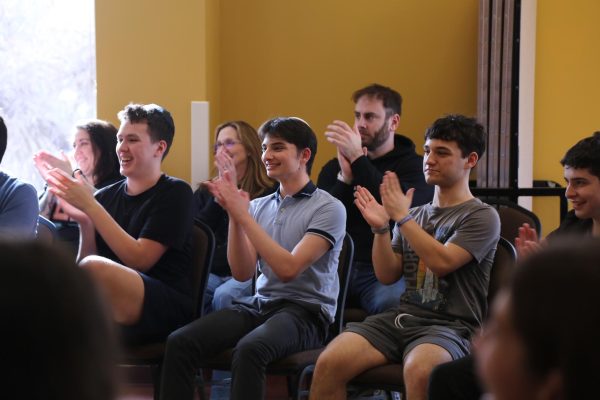Curriculum Construction: Administration plans to modify courses to amplify diversity
Photos courtesy of Gaby Goldberg
“The House on Mango Street” was added to diversify the freshman cirriculum.
November 6, 2020
CESJDS has charted its curriculum to look for possible ways to address systemic racism and inequality as a school, and it has begun to discuss partnerships with other organizations and schools to promote diversity and inclusion.
“Now what we’ve done is asked department chairs … to look through the curriculum mapping and to consider areas where maybe there needs to be additional coverage or more robust coverage, or maybe that we’re only offering one perspective and we might need to offer a broader perspective or more diverse perspective,” Head of School Rabbi Mitch Malkus said.
This year, the English Department removed “Macbeth” and “Lord of the Flies” from its freshman curriculum for “Romeo and Juliet,” which is normally read in eighth grade, and “The House on Mango Street” because the coronavirus pandemic slowed teaching.
The latter book, written by a Mexican-American author and focusing on a Hispanic young girl growing up in Chicago, was previously part of the seventh grade English curriculum. Despite this addition, Worden feels that the English curriculum lacks diverse voices.
“We’re leaning back into books that are classics; it’s heavily a white male classics-oriented program content-wise, and I think we can do a lot more to both update and bring more diversity into the voices,” Worden said.
Worden submitted a new English curriculum proposal to Malkus in October—the current most extensive high school curricular overhaul—and expects that it will be implemented in the next school year. This new curriculum, along with modified curricula for other subjects that engage in the discussion of race and diversity such as history and Jewish history, will need to maintain the same level of educational excellence.
In addition to modifying JDS’ curriculum, Malkus has been looking for schools to partner with, particularly those faith-based or that are composed mostly of students and faculty of color. He believes that a partnership like this would expose JDS students to more diverse opinions and help them overcome biases, in addition to exposing others to Judaism.
“The hope would be [to] start slowly with some really little steps and then start to build a relationship over a period of time,” Malkus said. “We do want to work on a local level and really have it be community-based and work with a school in the Washington, D.C. area.”
These changes are especially welcomed by junior Sophie Harris, who transferred to JDS from Washington, D.C.’s Hardy Middle School in eighth grade, as she misses the diversity and other perspectives she had at her old school.
“It was really normal to me up until school [at JDS] to have people of different racial backgrounds, economic backgrounds, things like that,” Harris said. “So I think students of JDS can gain a better understanding of what’s happening by talking to people of other backgrounds and learning about other perspectives.”
Malkus is also hoping to increase JDS’ faculty and staff diversity by making the school’s name more well-known as a potential employer at diverse graduate schools of education.
“Part of it is really a concerted effort to make sure we’re looking in the right places and casting a wide net for our pool of applicants for hiring,” Malkus said. “The second is also making sure that they’re [potential faculty members] aware that JDS does have diversity in the school.”
Although these changes are preliminary, Malkus expects JDS to embrace these new policies for years to come.
“The commitment isn’t to do this for six months or a year. This is going to become a lens at the school, along with the other lenses that we have, and we really feel it fits into our core Jewish values as a school and into who we are as a school,” Malkus said. “It’s just making sure our curriculum and the community are in alignment with the values of the school.”



